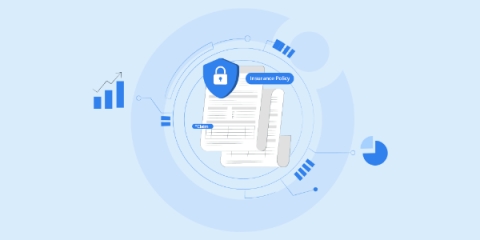Compare monitoring tools: Epsagon vs Dashbird
As the world is increasingly reliant on technology, software developers, cloud architects, and DevOps practitioners bear a responsibility similar to that of the health industry or to airplane pilots, for example. In this reality, cloud monitoring isn’t optional, it’s a matter of being professional. What is optional, however, is what monitoring solution to go for. Obviously, the one that best fits your specific needs but which one is it?











